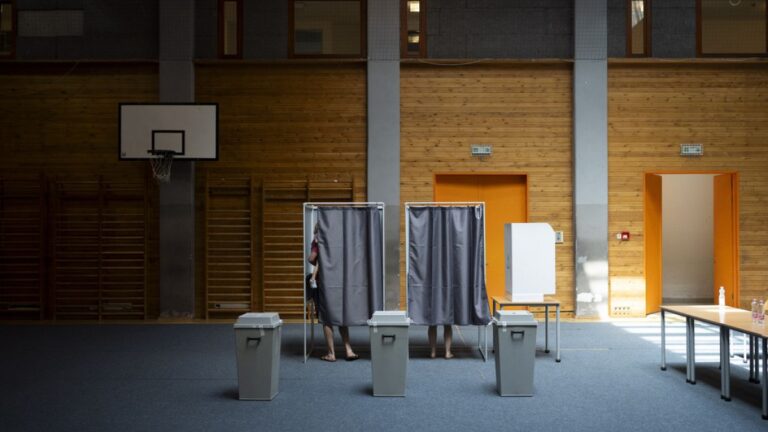From 6 to 9 June, 357 million citizens were invited to vote to elect their representatives to the European Parliament. How many answered the call?
advertisement
The 2024 European Parliamentary elections are more important than ever and serve as a barometer of public opinion in the 27 Member States. Key issues on the agenda include climate change, the future of the European Green Deal, the post-COVID-19 economic recovery, migration and the EU’s role on the world stage.
After all, the European Parliament has shifted to the right, but centrist parties still hold a majority. How many people responded to the call to vote and supported this change?
The highest voter turnout in 30 years
In the 2024 elections, 50.97% of the 357 million eligible voters participated in the election, the highest turnout in the past 30 years. This was a slight increase from the previous elections in 2019 (50.66%), suggesting that the politically tense situation was a catalyst for participation.
However, on closer inspection, not all countries reacted to the European elections in the same way.
A surge in participants
Thirteen countries saw an increase in voter turnout compared to 2019.
Belgium (voting is compulsory, +1.35 points) Germany (+3.4 points) Ireland (+0.14 points) France (+1.38 points) Netherlands (+4.27 points) Portugal (+5.79 points) Czech Republic (+7.73 points) Cyprus (+14.87 points) Estonia (+0.1 points) Latvia (+0.29 points) Malta (+0.3 points) Romania (+1.22 points)
The largest increase in voter turnout was in Hungary (+15.93 percentage points). Hungarian leader Viktor Orbán’s Fidesz party, a foe of EU policies, came in first, but the party recorded its lowest vote share ever in a European election, at 45%, and lost three seats in parliament. The beneficiary of this increase was his opponent, Peter Magyar of TISZA (a member of the Potential EPP group).
Decreasing participation
However, there were other countries where participation rates declined, totalling 14 countries.
Denmark (-7.84 points) Italy (-6.2 points) Luxembourg (-1.92 points) Greece (-17.3 points) Spain (-11.52 points) Sweden (-4.57 points) Austria (-3.5 points) Finland (-0.4 points) Poland (-5.03 points) Slovenia (-12.56 points) Slovakia (-11.64 points) Croatia (-8.51 points)
It is worth noting that voter turnout fell in Bulgaria, Greece and Luxembourg despite the existence of compulsory voting laws that could lead to sanctions.
Lithuania saw the largest drop in voter turnout, falling to 28.35%, a 25 percentage point decrease compared to 2019. This can in part be attributed to the recent presidential elections held on May 12 and 26, which saw a 59% turnout.
Italy is also noteworthy: apart from a slight increase in 2004, voter turnout has been declining continuously since the first elections in 1979 (85.65%), falling below the 50% threshold for the first time in the most recent 2024 elections (48.3%).
Since the eastward expansion of the “Big Bang” in 2004, a gap has emerged between Western and Eastern countries.
In fact, countries that joined the European Union after 2004 tend to have lower voter turnout than those that joined before 2004, but this difference narrows by 2024.

